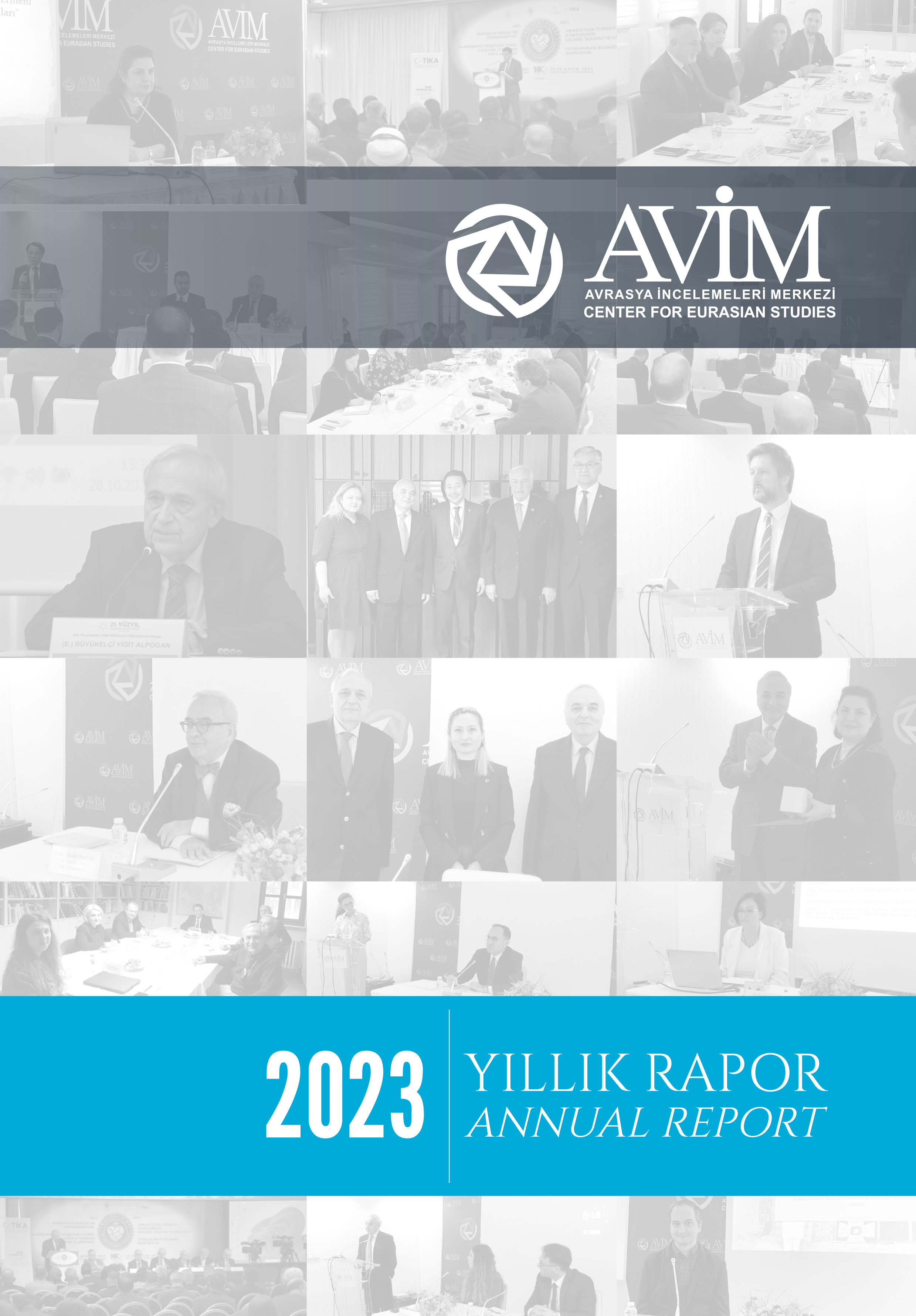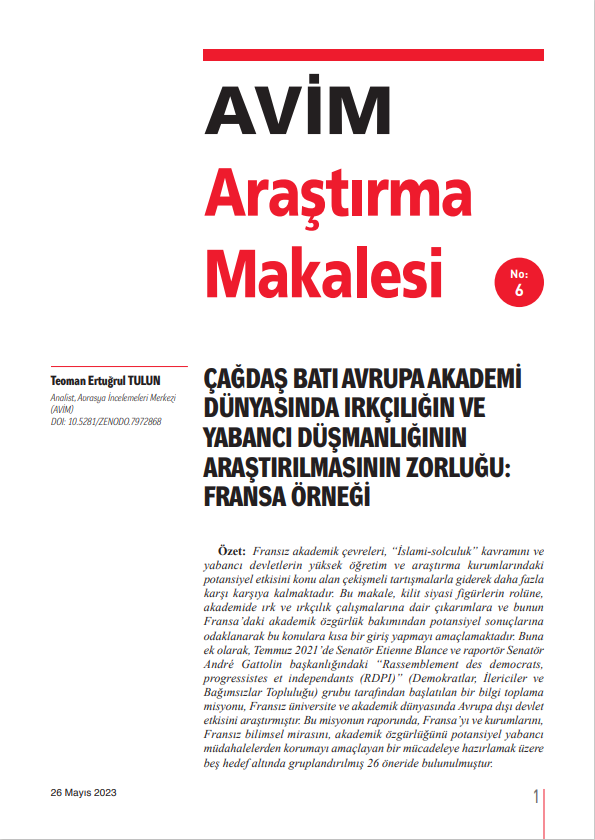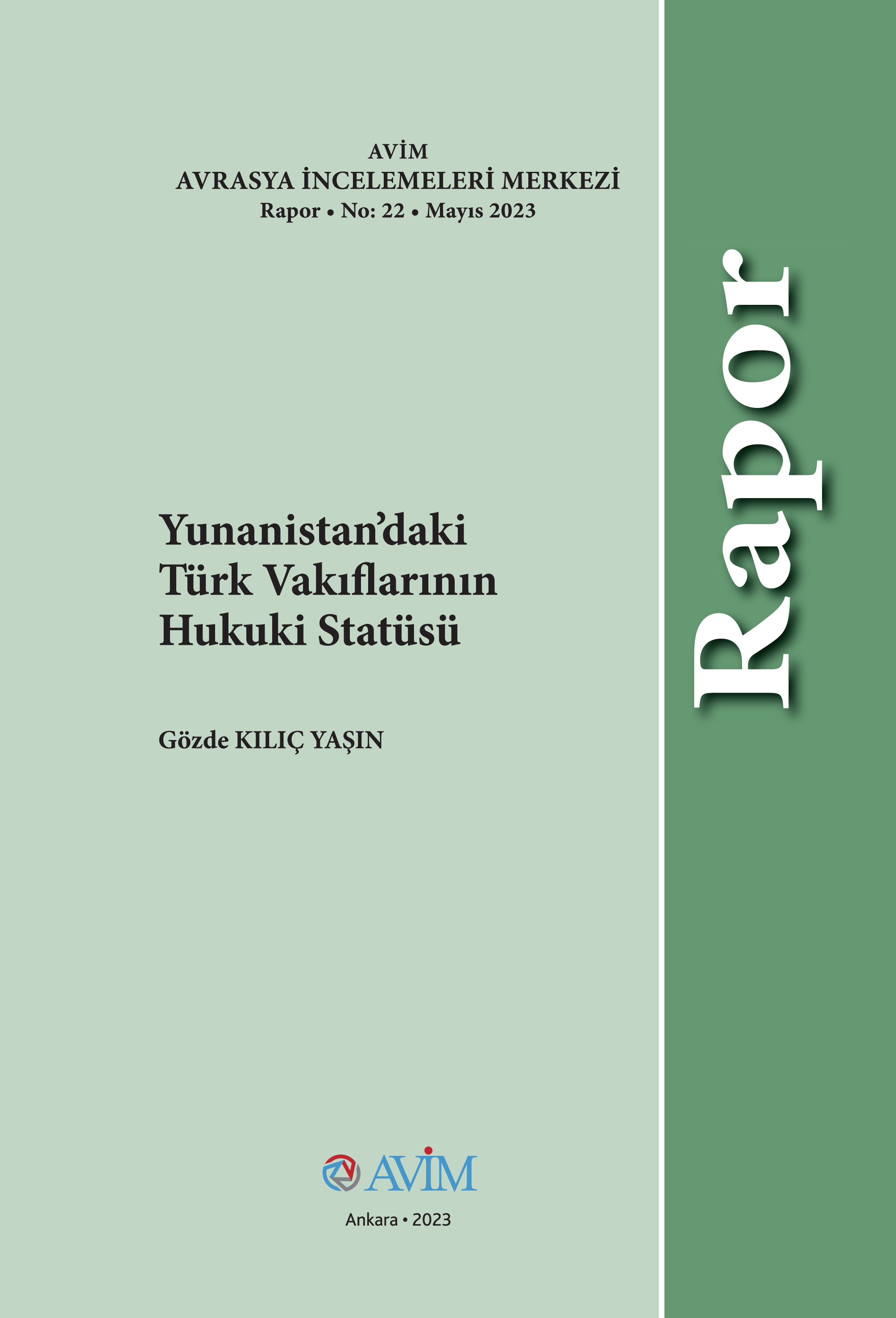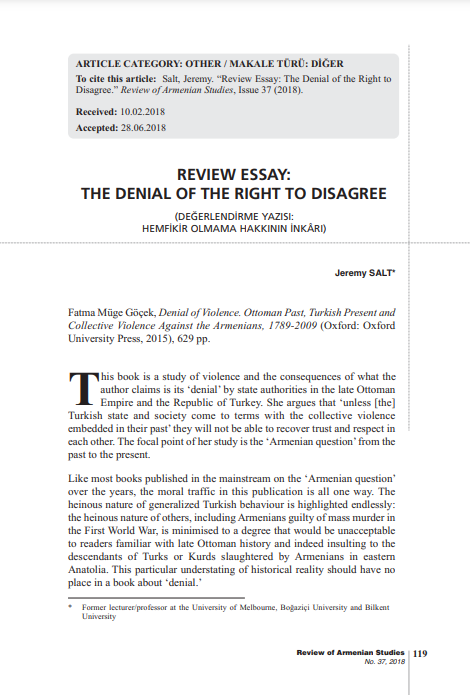CNBC, 09 August 2017
As lenders in China release their financial report cards this month, investors can expect clearer signs on how well banks in the world's second-largest economy are holding up against a government-led clamp down on swelling debt.
The health of the Chinese banking sector is closely-watched as lenders hold more than 90 percent of total financial assets in the world's second-largest economy, according to Reuters. But the banks' abilities to control risks were brought into question when growing indebtedness led regulators to intervene on fears of instability breeding turmoil.
With the banks' earnings reports for first half 2017 scheduled to begin Friday, analysts said more attention will be paid to financial indicators that show the amount of risky assets the lenders hold and their exposure to the "shadow banking" sector.
Shadow banking is a broad category of banking-like services from non-traditional players; it can include loans from non-financial companies as well as investment products. It is outside the bounds of normal banking regulation, so it largely goes unregulated.
As for what experts are watching, Nomura analysts wrote that net interest margin and fees will be key. The former is a measure of how successful a bank's investment decisions are compared to its debt situation. The latter, grouped under non-interest income in a bank's balance sheet, is monies earned from the sale of financial products.
"Compared to bottom line growth ... we attach more importance to the [net interest margin] and fees trend, as well as banks' risk profile both on the balance sheet (receivables investment) and off the balance sheet (wealth management products)," the Nomura analysts wrote in a note this week.
"We see financial deleveraging to continue and banks still holding large exposure to such [riskier] assets either on or off the balance sheet to be under more pressure ahead," they added.
Such stress will be felt most by small and medium-sized banks, the profitability of which has been supported by funds raised through channels involving the shadow banking sector. Questions about those lenders' resilience are a test of strength for China's entire banking industry, noted Alice Guan, Phillip Securities' market specialist for Greater China.
A preliminary earnings report by mid-tier lender China Merchants Bank showed some signs of strains. Non-interest income slipped 11 percent in the second quarter after jumping 47 percent in the previous three months. That's likely a result of the government's crackdown on wealth management products.
Such products are commonly sold by banks to raise funds. Before Beijing got tough, the lack of regulation in the space resulted in banks investing those proceeds in risky and struggling industries, or in other similar products — growing contagion risks in the system.
China Merchants Bank's audited first half results are due on Aug. 19. Reports by its peers such as China Minsheng Bank will help to paint a fuller picture of the regulatory impact.
The country's big five banks, likely to report in the last week of August, are expected to be relatively unscathed by the stricter regulatory environment given their larger capital buffers and ability to handle risks. But the overall credit tightening could affect them down the road, with rising funding costs threatening profitability in what is turning out to be a tougher operating climate, Guan told CNBC.
The big five banks are Industrial and Commercial Bank of China, China Construction Bank, Bank of China, Agricultural Bank of China and Bank of Communications, which have assets among the largest in the world.
"Credit risk is still the main risk faced by commercial banks this year," Guan said. "Compared to the first six months, China's banking industry will face more challenges from the overall business environment. Economic growth is expected to slow down in the second half of the year, monetary and regulatory policies will be more stringent."
Not-so-bad early indicators?
Several indicators released in the past weeks appear to show that China's efforts to contain financial risks have made some progress.
The proportion of bad loans for all Chinese banks was 1.99 percent at the end of May, down 0.16 percentage points from the same period last year, Reuters reported. China's National Bureau of Statistics also reported that state-owned enterprises recorded profit growth of 24.3 percent in the first half of 2017, which should improve banks' asset quality and lending profitability, Deutsche Bank analysts wrote in a note.
On Monday, Moody's Investors Service said progress by the Chinese authorities to rein in credit growth and enhance oversight of shadow banking is encouraging. The ratings agency last month said it no longer held a "negative" view on China's banking system as risks appeared to have eased.
Over the last two years, many Chinese banks have struggled to record even 1 percent growth in profits due to soaring bad debt and loan defaults. Now, the banks' fortunes, especially those of the big five, may improve in 2017, some analysts said.
"I think there's probably some upward bias to earnings this year. For the big banks at least, I think margins should improve, loan growth is better and provisions should come down," Matthew Phan, senior analyst at CreditSights, told CNBC.
Still, he added, he was concerned that "the asset quality recovery will be short and shallow."
"The property market looks like it could slow, and this will lead the entire economy down, leading to fresh concerns about bank [non-performing loans]. Though I think that's a 2018 question, not a 2017 question."
No comments yet.
- OVERTURNED BLACKWATER CONVICTION EVOKES DARKEST DAYS OF IRAQ WAR Iraq 10.08.2017
- ARMENIAN OFFICIALS REMAIN OVERLY CAUTIOUS DESPITE CITIZENS BEING DISCRIMINATED AGAINST IN RUSSIA The Caucasus and Turkish-Armenian Relations 10.08.2017
- IMF EXECUTIVE BOARD CONCLUDES 2017 ARTICLE IV CONSULTATION WITH IRAQ Iraq 10.08.2017
- AZERBAIJANI MFA: LEFT UNPUNISHED, ARMENIA DARES TO TARGET CIVILIANS, CIVIL FACILITIES The Caucasus and Turkish-Armenian Relations 10.08.2017
- CHINA IS MOCKING TRUMP'S OVER-THE-TOP “FIRE AND FURY” COMMENT ON NORTH KOREA Asia - Pacific 10.08.2017
-
11.04.2023
Türk-Ermeni İlişkileri Üzerine Ömer Engin Lütem Konferansları 2022 -
27.03.2023
RADİKAL ERMENİ UNSURLARCA GERÇEKLEŞTİRİLEN MEZALİMLER VE VANDALİZM -
17.03.2023
PATRIOTISM PERVERTED -
23.02.2023
MEN ARE LIKE THAT -
03.02.2023
BAKÜ-TİFLİS-CEYHAN BORU HATTININ YAŞANAN TARİHİ -
16.12.2022
INTERNATIONAL SCHOLARS ON THE EVENTS OF 1915 -
07.12.2022
FAKE PHOTOS AND THE ARMENIAN PROPAGANDA -
07.12.2022
ERMENİ PROPAGANDASI VE SAHTE RESİMLER -
30.03.2022
Türk-Ermeni İlişkileri Üzerine Ömer Engin Lütem Konferansları 2021 -
01.01.2022
A Letter From Japan - Strategically Mum: The Silence of the Armenians -
01.01.2022
Japonya'dan Bir Mektup - Stratejik Suskunluk: Ermenilerin Sessizliği -
11.02.2021
Türk-Ermeni Uyuşmazlığı Üzerine Ömer Engin Lütem Konferansları 2020 -
03.06.2020
Anastas Mikoyan: Confessions of an Armenian Bolshevik -
08.04.2020
Sovyet Sonrası Ukrayna’da Devlet, Toplum ve Siyaset - Değişen Dinamikler, Dönüşen Kimlikler -
18.03.2020
Türk-Ermeni Uyuşmazlığı Üzerine Ömer Engin Lütem Konferansları 2019 -
08.03.2019
Türk-Ermeni Uyuşmazlığı Üzerine Ömer Engin Lütem Konferansları 2018 -
12.06.2018
Ermeni Sorunuyla İlgili İngiliz Belgeleri (1912-1923) - British Documents on Armenian Question (1912-1923) -
02.12.2016
Turkish-Russian Academics: A Historical Study on the Caucasus -
01.07.2016
Gürcistan'daki Müslüman Topluluklar: Azınlık Hakları, Kimlik, Siyaset -
10.03.2016
Armenian Diaspora: Diaspora, State and the Imagination of the Republic of Armenia -
24.01.2016
Ermeni Sorunu Temel Bilgi ve Belgeler (2. Baskı)
-
AVİM Conference Hall 24.01.2023
CONFERENCE TITLED “HUNGARY’S PERSPECTIVES ON THE TURKIC WORLD"









